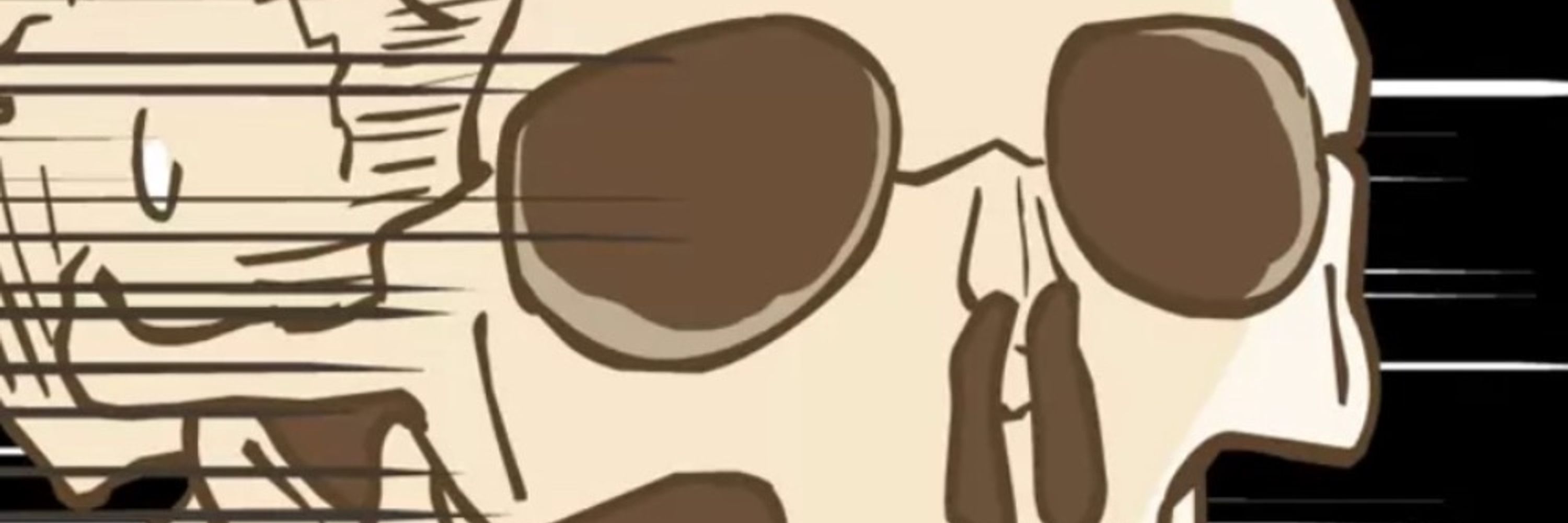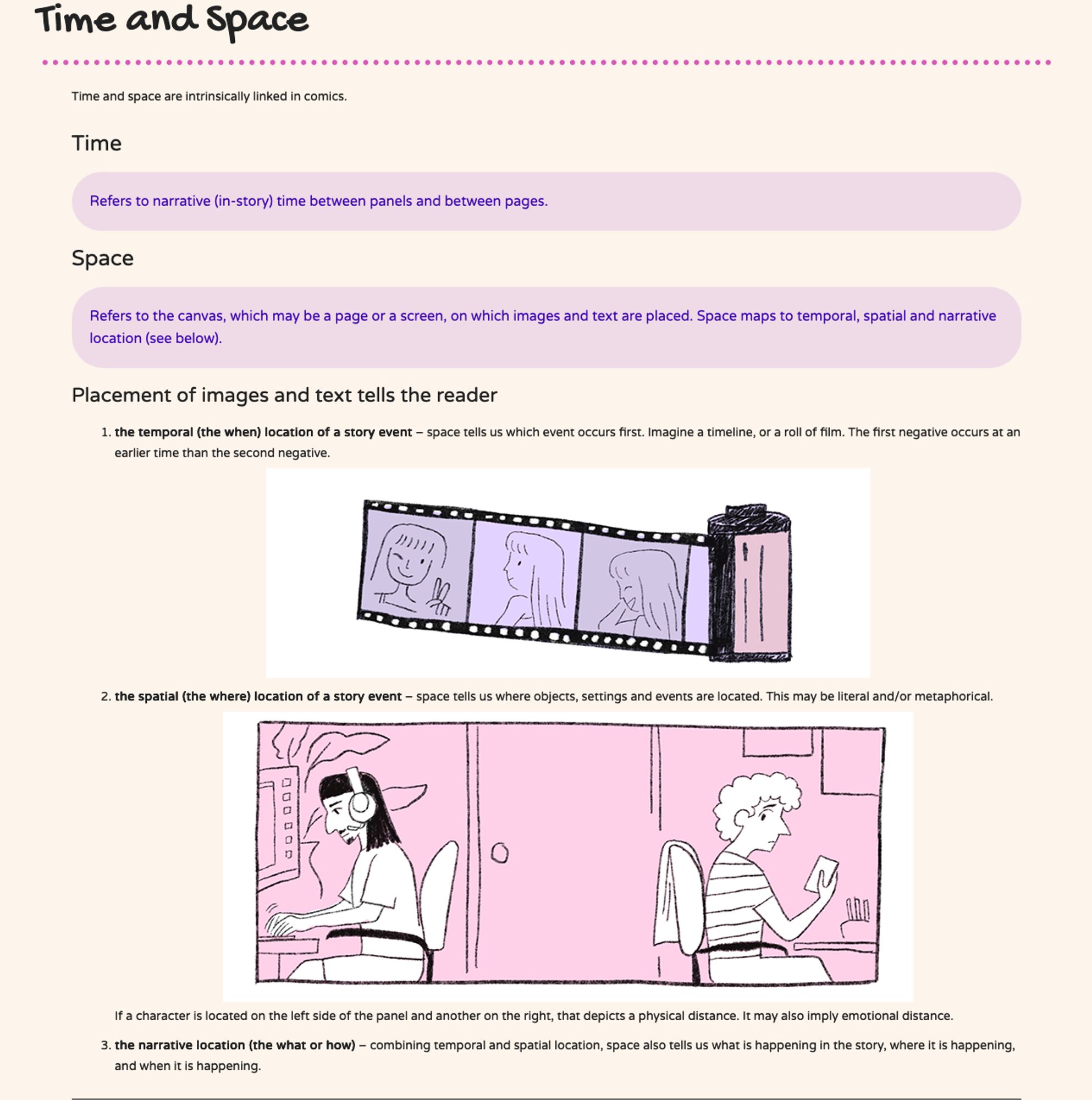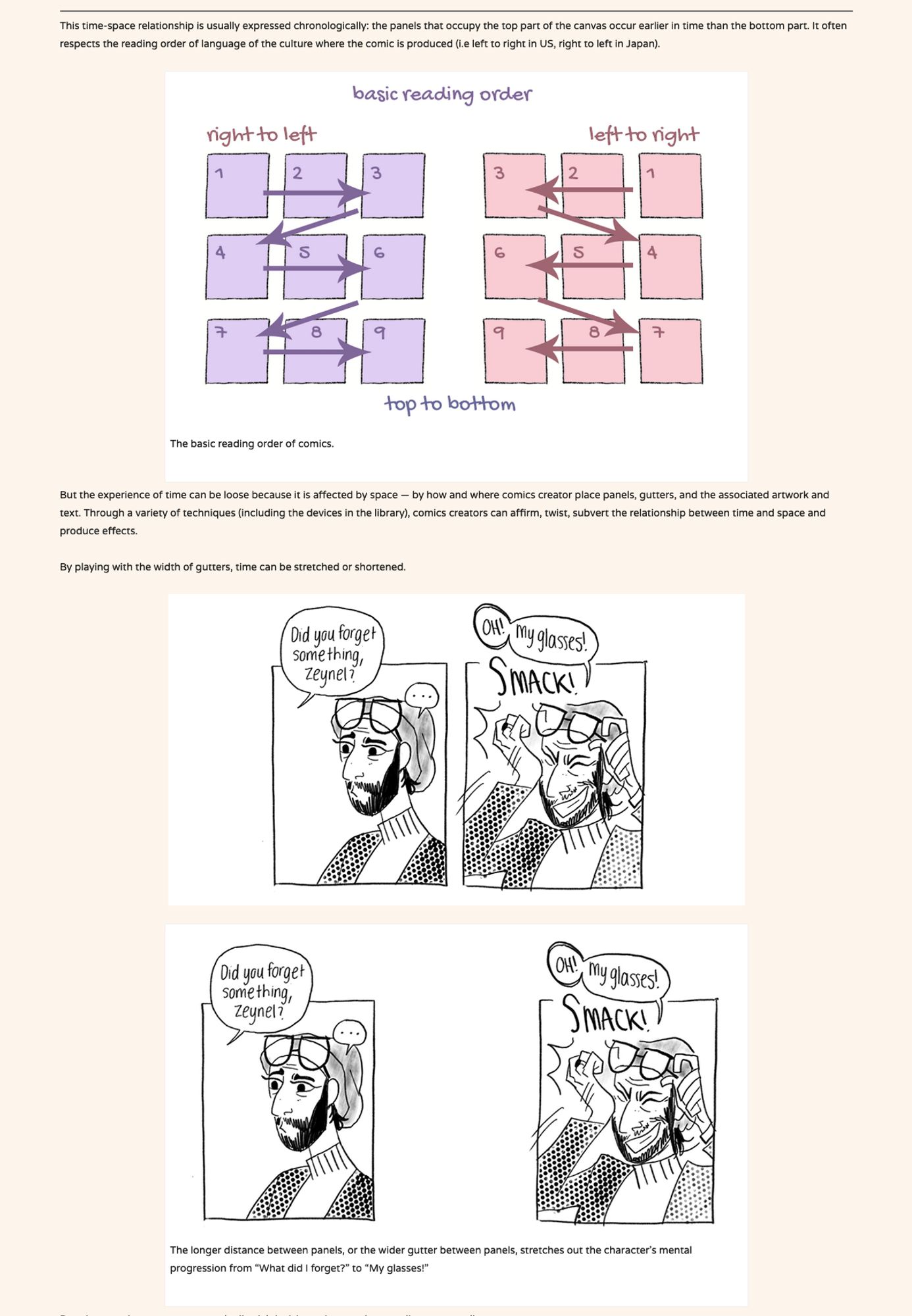
R
Reimena
@reimenayee.com
Historical fiction comics skeleton with a whimsical and gothic vibe. Academic-practitioner & comics taxonomist. Co-founder of the Cartoonist Coop. I am just chilling here when I am not making my (web)comics or blogging about craft.
reimenayee.com
1.3k followers123 following391 posts
In the lead up to the Comics Devices library's launch, here are the explainers I made for how comics work at its most base level. Panel and Gutters, Time and Space, and how those four things can change the reading experience.




I'm SO flipping excited for this library to open!! I love comics, but I've never studied devices, really looking forward to learning more. 🤓🌱 Are you making this library free to access? Just sharing the bountiful harvest of your research with us? Can we donate?? 🤗🔥
What is the Comic Devices library? That sounds cool and useful!!!

R
Reimena
@reimenayee.com
Historical fiction comics skeleton with a whimsical and gothic vibe. Academic-practitioner & comics taxonomist. Co-founder of the Cartoonist Coop. I am just chilling here when I am not making my (web)comics or blogging about craft.
reimenayee.com
1.3k followers123 following391 posts